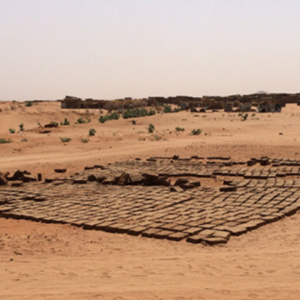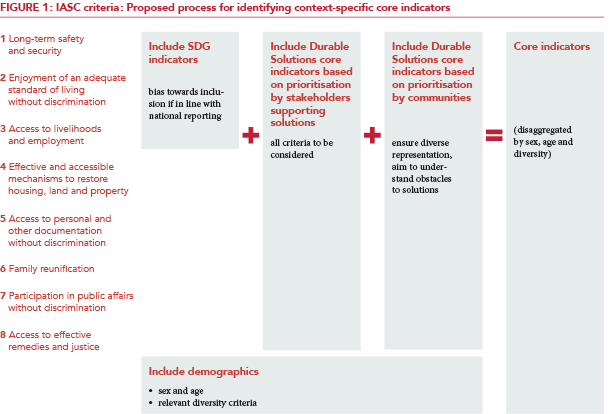 JIPS has just returned from a three-week mission to Sudan. The objective was, among others, to support the Government and other partners to agree on core indicators to feed into an analysis plan, as part of the on-going durable solutions profiling pilots in the country.
JIPS has just returned from a three-week mission to Sudan. The objective was, among others, to support the Government and other partners to agree on core indicators to feed into an analysis plan, as part of the on-going durable solutions profiling pilots in the country.
The mission came shortly after the workshop on ‘Measuring Progress towards Durable Solutions’, held in June. During the workshop participants, including a representative from the Sudanese Government, elaborated an approach for context-specific indicator selection using the Durable Solutions Indicator Library (see Figure 1 below; for more details on the workshop discussions, read the workshop report). The profiling exercise in Sudan is a timely and interesting context to test this approach.

While the IASC Framework on Durable Solutions outlines a set of global criteria for assessing to what extent a durable solution has been achieved, the key issues impeding or supporting progress towards solutions vary, and require context-specific analysis. Hence the process for selecting indicators for a comprehensive, yet tailored-to-context durable solutions analysis requires a multi-staged approach. At the Durable Solutions workshop in June 2017, we elaborated three steps for this as follows (also see Figure 1):

As a first step during the JIPS mission, thematic consultations were conducted in Khartoum with humanitarian and development actors, as well as focal points from the Government’s ‘Joint Mechanism on Sustainable Solutions’.
Next the mission headed to El Fasher, North Darfur, where one of the profiling pilots will be conducted, to consult with local actors and to ensure that the selected indicators reflect the durable solutions planning needs in this context. Building on this round of consultations, a workshop was organised with all the stakeholders to define and agree on a set of core indicators. Over 40 focal points attended, including:
Divided into working groups, the participants were asked to identify the most relevant durable solutions indicators for the Sudanese context using the above-mentioned selection process. After avid discussions and debates, the workshop concluded with an agreement on core indicators by the different IASC durable solutions criteria. In addition, participants recognised the importance of moving away from focusing on needs and instead looking at resources, capacities and coping mechanisms of displaced as well as non-displaced populations.
“We are very happy with the level of [relevant stakeholder] involvement and the process that we have been engaged in since April”, commented Elmahi Elshy, Deputy Director for the Ministry of Physical Planning from the Government of Sudan after the workshop.
While the involvement of camp elders in the process was highly valued by profiling partners, partners also acknowledged that participation was needed at a deeper and more organic level om both Abu Shokh and El Salaam IDP camps.
However, instead of creating new mechanisms to undertake community consultations, partners agreed to work through already established avenues. Discussions with community-based organisations facilitated the mapping of existing structures, including mother-to-mother groups, football clubs, health promoters and community committees on water and education.
As a next step the Profiling Coordinator will work with community-based organisations on concrete ways to engage the wider community and to ascertain their priorities. This will feed into the final analysis plan for the profiling exercise.
It is busy times ahead in Sudan with two durable solutions profiling exercises currently being rolled out. At JIPS we are pleased to be able to support this process and look forward to supporting the partners during the next steps as needed. We are also eager to learn from this piloting experience for the Durable Solutions Project.